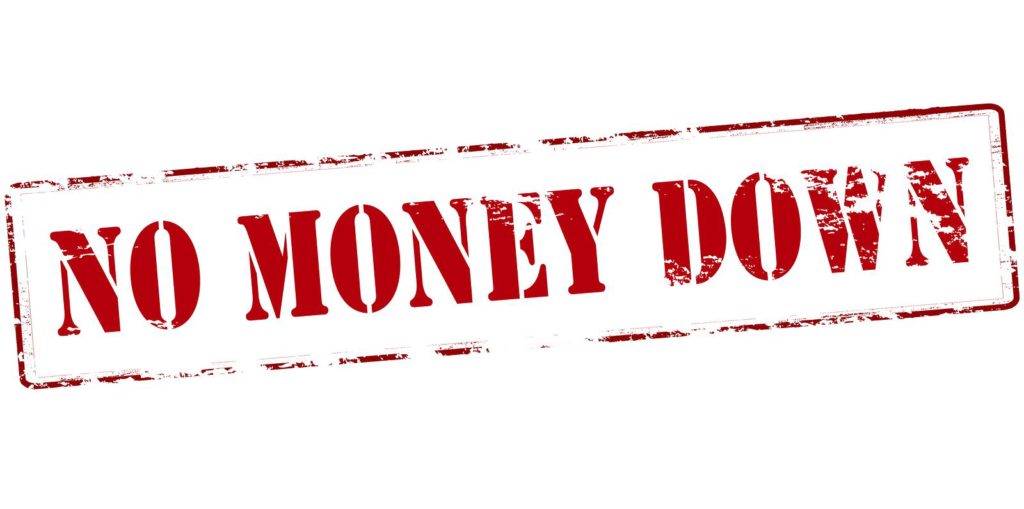 Zero down? Why would a seller want to walk away from closing with nothing? Well, they wouldn’t, and that brings up the most important point about real estate investing with no down payment: The seller almost always needs cash at closing, but it doesn’t have to be YOUR cash.
Zero down? Why would a seller want to walk away from closing with nothing? Well, they wouldn’t, and that brings up the most important point about real estate investing with no down payment: The seller almost always needs cash at closing, but it doesn’t have to be YOUR cash.
A Zero Down Example
For example, a person is selling a small rental property right now, with payments of $400/month. The buyer has a good credit report, and the $5,000 down payment covers closing costs and even a foreclosure, if necessary. So, at this point, the seller doesn’t care where he gets the down payment. A $6,000 cash advance on a low-interest credit card for example, would cost him about $135 per month, and give him enough for the down payment and his closing costs.
In this case, with rent around $600 per month, he would be okay. In some cases, however, that extra $135 might cause negative cash-flow. So be sure that however you do it, the numbers work. By the way, the seller would have set the payments at $350, if he had asked, because it’s the price and the interest rate that are important to the seller.
Other Zero Down Payment Methods
While there are sellers that are able to offer terms and low down payments, usually you have to find a way to get at least 70% of the price to them in cash. Think in terms of how to get a primary loan, then how to raise the money for the remainder. A couple examples follow.
Some banks still do “no doc” loans, meaning they don’t require verification of income, source of down payment, etc. They generally loan only 70% to 80% of the property value, but if the seller is willing to take a second mortgage from you for the other 20% to 30%, you are in with no money down. The seller gets 70% or 80% in cash, plus payments for years to come. You’ll have two payments, of course, so be sure the numbers work.
You can borrow against your home or other property to come up with down payment money. If you borrow for a “vacation,” and leave whatever you don’t spend in your checking account for a while, you can use it without violating bankers rules about borrowing for a down payment.
Even if you live in a small town, there are usually a few “note buyers.” These are investors that buy land contracts, mortgage loans, liens and other “notes” at a discount. If a seller takes a purchase money mortgage from you for $100,000, for example, a note buyer might pay him $85,000 for it. So how does that help you or him?
An example: A seller prices his property at $195,000, and expects to sell it for $180,000. You offer $205,000 in the form of a mortgage for $160,000, and another for $50,000. You have arranged for the sale of the first mortgage at closing for $136,000 to a note buyer. The seller gets that cash now, plus payments from you on the second loan for $50,000. Notice that this adds up to $186,000, which is more than he expected to get out of the deal.
These are just some of the ways you can buy with zero down. Real estate investing is about making the deal work for all parties. Find a way to get what you want, and get the seller what he wants. That is more important than having big cash on hand.
Bill Manassero is the founder/top dog at “The Old Dawg’s REI Network,” a blog, newsletter, and podcast for seniors and retirees, that teaches the art of real estate investing. His personal real estate investing goal, which will be chronicled at olddawgsreinetwork.com, is to own/control 1,000 units/doors in the next 6 years. Prior to that, Bill and his family lived in Haiti for 11 years as missionaries serving orphaned, abandoned and at-risk children.
